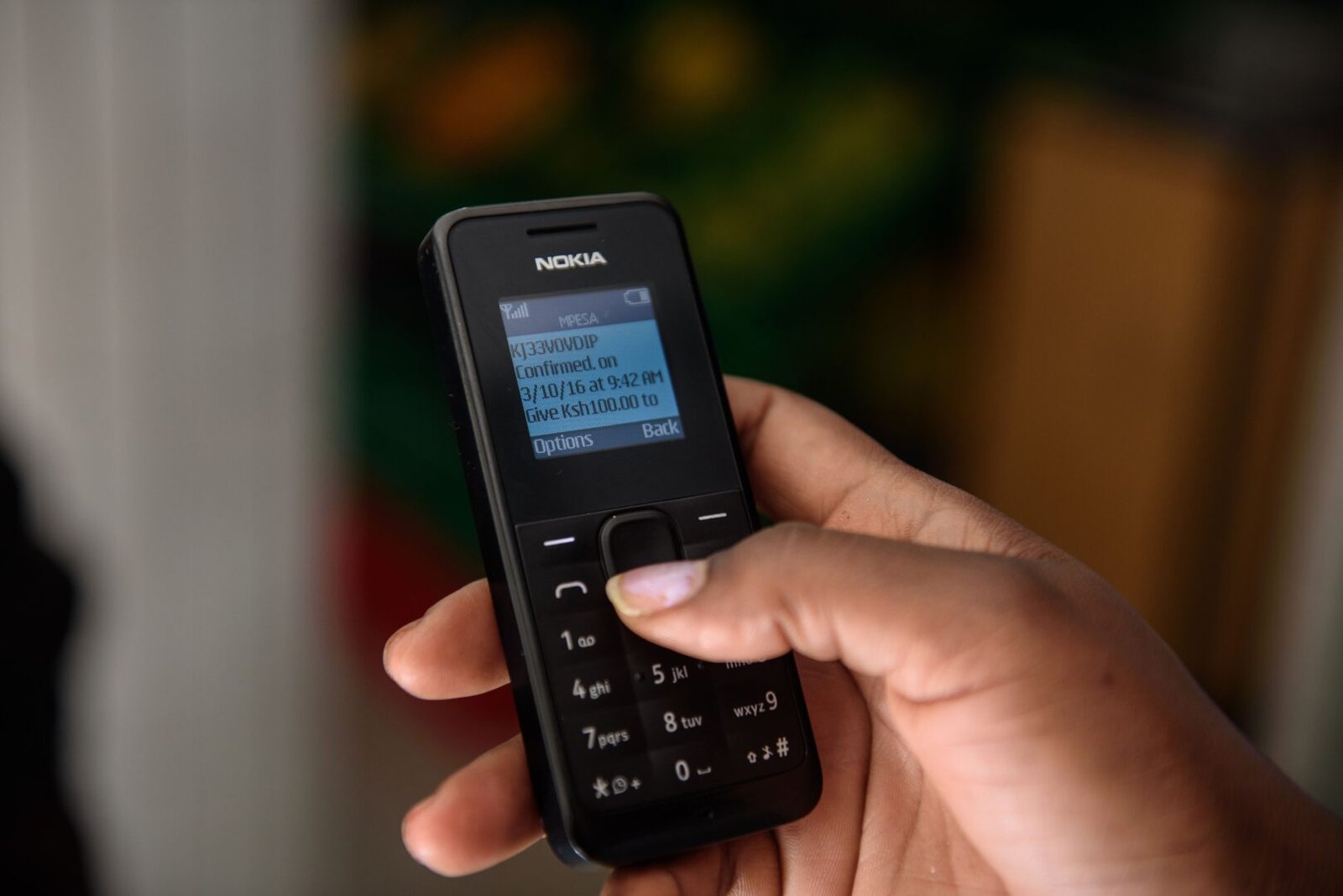NAIROBI, Kenya — A new report from the World Bank indicates a significant shift in Kenya’s borrowing landscape, with more Kenyans increasingly opting for loans from mobile money providers while traditional bank borrowing shrinks. The Global Findex 2025 report reveals a notable increase in formal borrowing in Kenya in 2024 compared to 2021, primarily driven by the uptake of mobile money credit.
The findings highlight a clear trend: 32 percent of adult Kenyans borrowed from their mobile money providers, with 25 percent exclusively relying on this method. Mobile money borrowers constituted a substantial 86 percent of all formal borrowers.
Beyond digital platforms, the report also notes that a considerable number of Kenyans obtain funds from friends, family, and semi-formal institutions such as clubs and Chamas (informal savings groups).
A gender analysis within the report shows a disparity in mobile money borrowing, with women less likely (16%) to utilize digital wallets for loans. In Kenya, mobile network operators are not the sole providers of these digital loans; approximately 51 digital lenders have been accredited by the Central Bank of Kenya.
Furthermore, the government’s financial inclusion program, the Hustler Fund, also serves as a source of mobile money borrowing.
Kenya’s high adoption rate of mobile money extends beyond lending. The report indicates that 71 percent of agricultural payments in Kenya are now made digitally, a stark contrast to Uganda, where cash remains the predominant method for such transactions.
Kenyans also frequently use digital wallets for utility bill payments, including water, electricity, and trash collection. The adoption of digital merchant payments has also seen a significant rise, increasing from 37 percent in 2021 to 56 percent in 2024.
Also Read: Kenya’s mobile money shifts online as agent visits decline despite network expansion
The World Bank identifies Kenya among economies with a high volume of online payment transactions, alongside countries such as China, Brazil, Kazakhstan, and Mongolia. In 2024, there was also an increase in the number of Kenyan adults making digital merchant payments at grocery stalls.
“This suggests possible opportunities for merchants without established physical storefronts to leverage records of their digital payment inflows as proof of income when applying for credit,” the World Bank report states.
In its assessment of financial needs, the World Bank found that Kenyans are more likely to express concern about school fees than any other financial issue.

